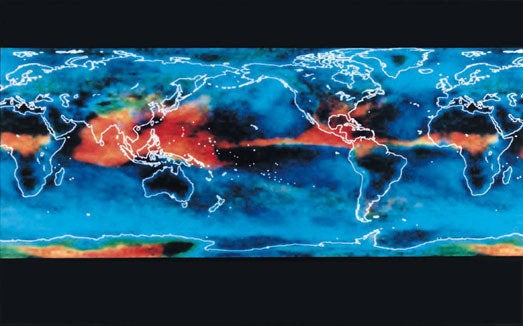
Our interest in knowing more about our environment and what is happening around us got a big lift this month from the launch of a web site that features cancer data from the New York State Health Department's Cancer Registry. If you don't live in the state of New York but still want to see the incidence of cancers in the county where you live, (there are 3,141 counties in the US), you can visit the National Cancer Institute's (NCI) site, where every state is represented.
Inspired by the a bill introduced into the New York State Legislature several years ago, the NY State Health Department has liberated some powerful data about cancer incidences and mapped it at the zip code level. While presenting cancer data at this small geographical level is still very "new," the technology behind it is not. In fact, I would expect that as more people learn about this site, there will be a demand for more information-sharing -- such as adding cancer incidence rates, using more current population data to calculate rates and interactive graphs and charts to enhance the visitor's overall experience.
Mapping our health geographically is a great opportunity for a health department to begin educating the public in ways that make sense to the public and not just the needs of health professionals. The site, as you would expect, has several important disclaimers and caveats that site visitors are encouraged to read. Nevertheless, knowing more about where cancers actually occur is simply intriguing. This site engages us and feeds our self-discovery. I wonder why it's taken governments so long to realize the public's interest in looking at this type of data.
The linking of geography to personal health using interactive mapping technology at this more useful scale (zip codes and census tracts) fuels incredible curiosity about the possible harmful exposures around the places we live and work. It also provides a public window for seeing potential environmental contamination in our communities. So, will we all become "citizen-epidemiologists?" Well, perhaps. This could be similar to so many other areas of our society were we have witnessed a "de-professionalization" of a complex field. Maybe it's health's turn?
Thanks to the Internet and the development of software applications that demystify complex processes and data -- coupled with the public's interest in their own personal health -- public health agencies across the world will experience increasing numbers of curious and tech savvy health-seeking consumers demanding much more health relevant data delivered creatively over the Internet. If you are like me, you will wonder why every state does not make cancer data available.
There will be many people who will take issue about the validity of exposing small area cancer data to the average citizen and showing at the same time the exact locations of harmful chemicals regulated by governments. I happen to believe that the more information I have about the geographical incidence of cancer, the more informed I am as a health seeking consumer. What about you? As always, I welcome your second opinion.